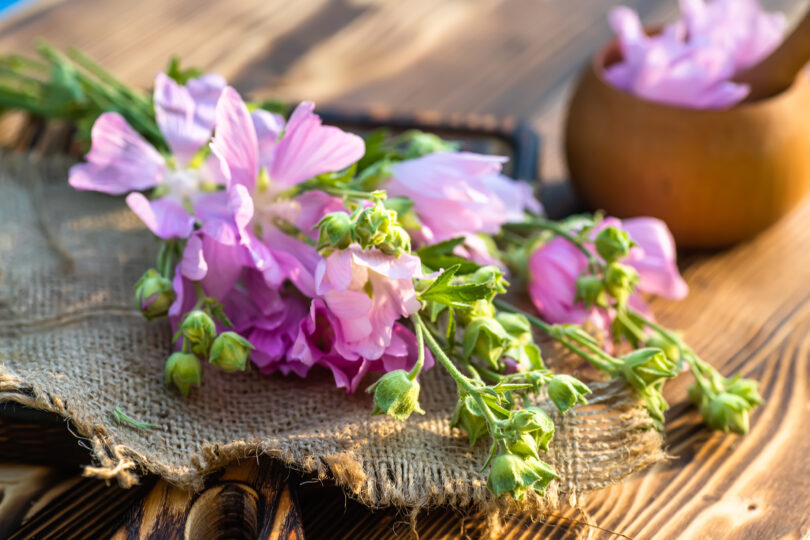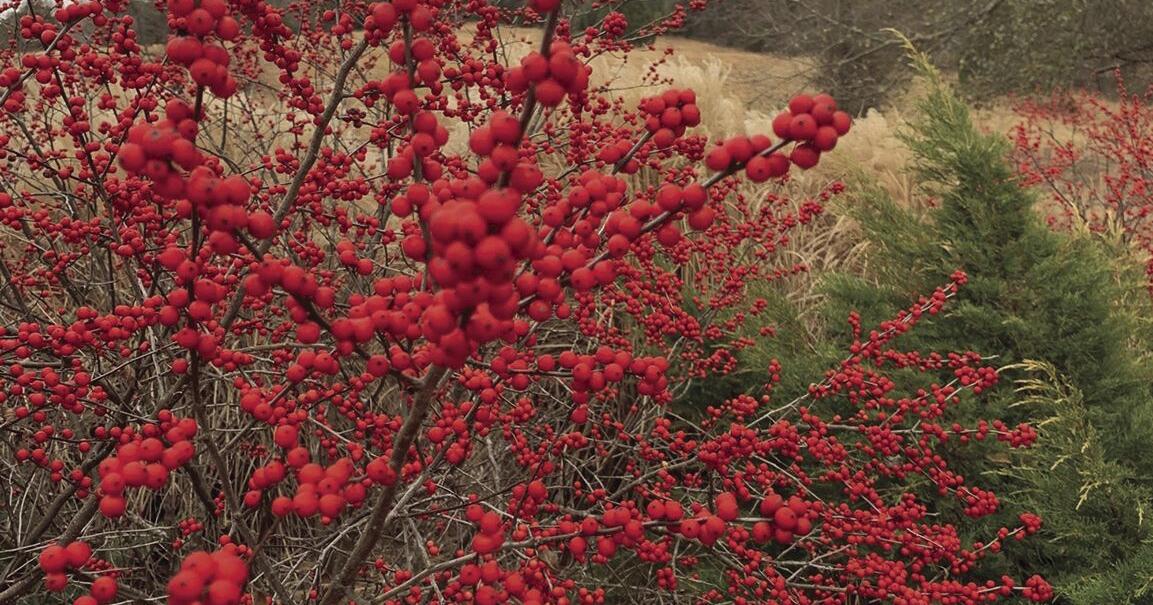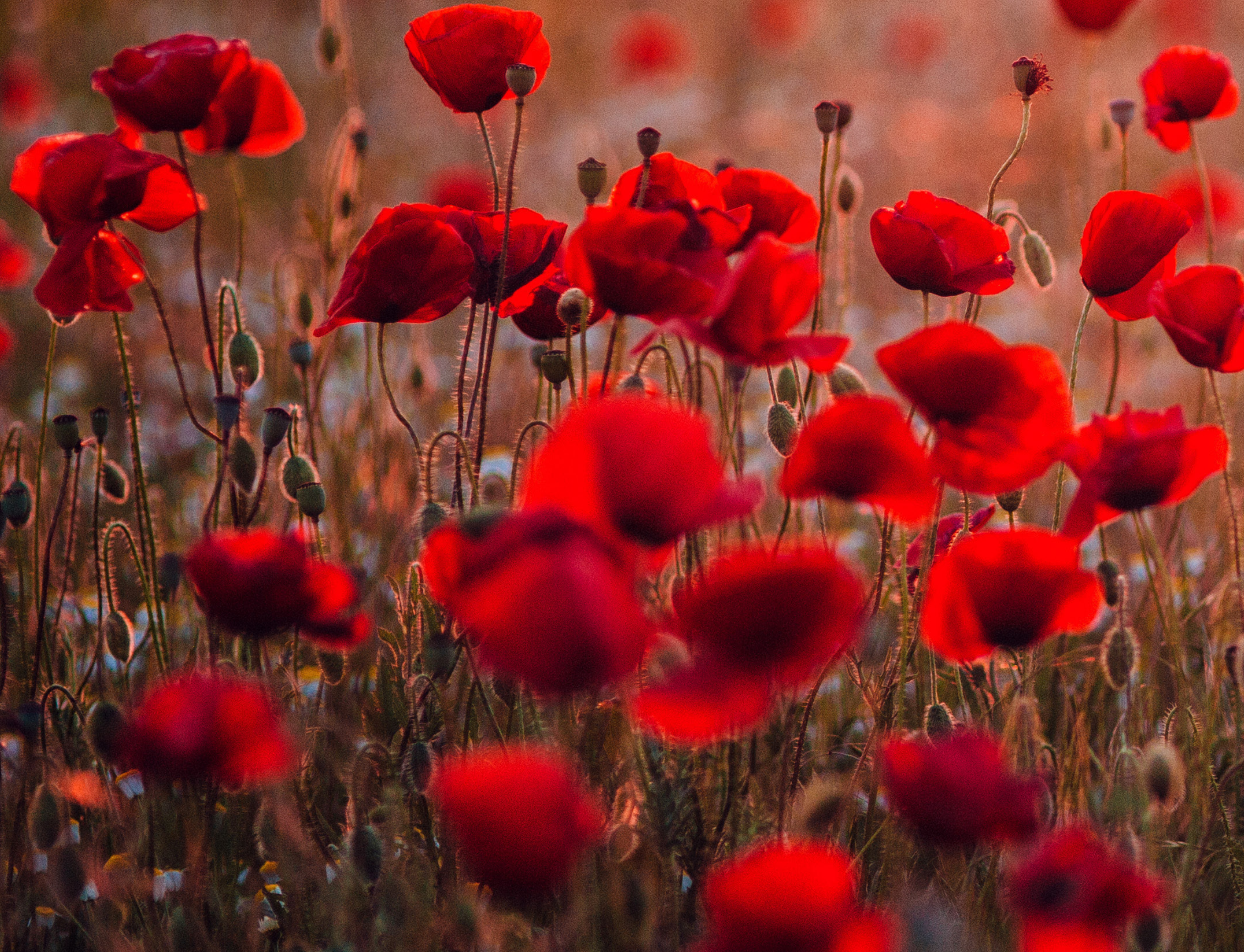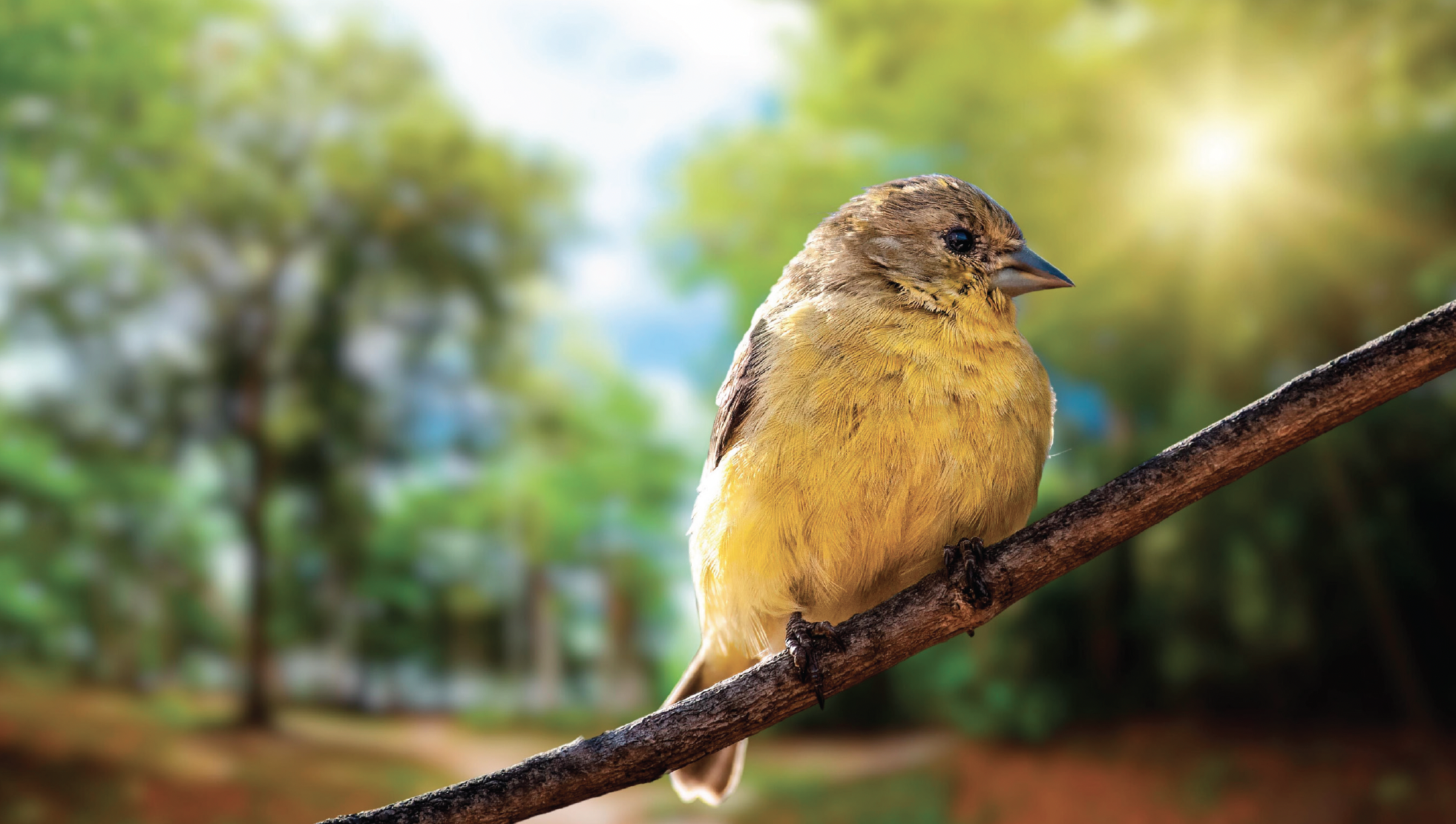One of my strongest memories from childhood was my Granny’s hollyhocks. These giants of the flower world stood sentinel around her “pump house” and was one of the few things that was forbidden to her grandchildren during a game of hide and seek.
Hollyhock, Alcea rosea, are tall summer spires that remind us of cottage gardens and country living. The old-fashioned types have single blooms but today we also have semi-double and double flower. The erect spikes bloom from mid-summer to early fall as they grow ever taller.
Hollyhocks are biennials or short lived perennials. This means that they produce foliage the first year and flowers the second, after which the plants should be pulled up and replaced. Hollyhocks typically reseed year after year in sites where they are happy. If your hollyhocks are not coming back maybe you’re cleaning your bed too well or not giving them a chance to set and sow seeds.
You should plant your Hollyhocks in full sun or light partial shade. They should have at least six hours of direct sunlight. Average to rich soil is fine as long as it is well drained. Wet soil will be fatal to your hollyhocks. Staking is only needed when moisture is too abundant. It’s also a good idea to plant hollyhocks in a protected site since wind can damage them. Hollyhocks are taller than they are wide and look best with close spacing. They can tolerate heat but heat and humidity together leave them rangy and weak.
I don’t have the hollyhocks of my grandmother but a shorter French Hollyhock. The French hollyhocks are much smaller and are a light mauve with purple strips. This plant was around and much admired in Thomas Jefferson’s garden. These four foot plants are suited for the middle or back of a border and never need staking. Just like the standard type they are biennial and I usually see plants volunteering in the fall as well as in the spring.
This French hollyhock has given the horticulturist fits in keeping track of it through taxonomic nomenclature. That means how the scientific world classifies this plant. It has previously been known as althes zabrina, althea rosea zebrine, alcea zebrine and alcea rosea zebrine. For once the Latin name is changing but the common name is the most consistent and all plantsmen will recognize French Hollyhock.
You can add hollyhocks to your garden by starting your own from seeds or buying plants. Local nurseries usually have French hollyhocks for sale as bedding plants in the
spring. Older plants tend to be less vigorous and more likely to be plagued
by disease. Starting from seed is easy both indoors and outdoors, barely
cover the seeds as light aids germination. It will take between 10 to 14 days at temperatures between 60 and 70 degrees. Seeds sown in early spring may bloom the first season.
Hollyhocks are a classic; try planting a large clump that can be seen from a distance. Or put them against a fence or old building for a casual county look. Gardeners and grandchildren will both love them.









